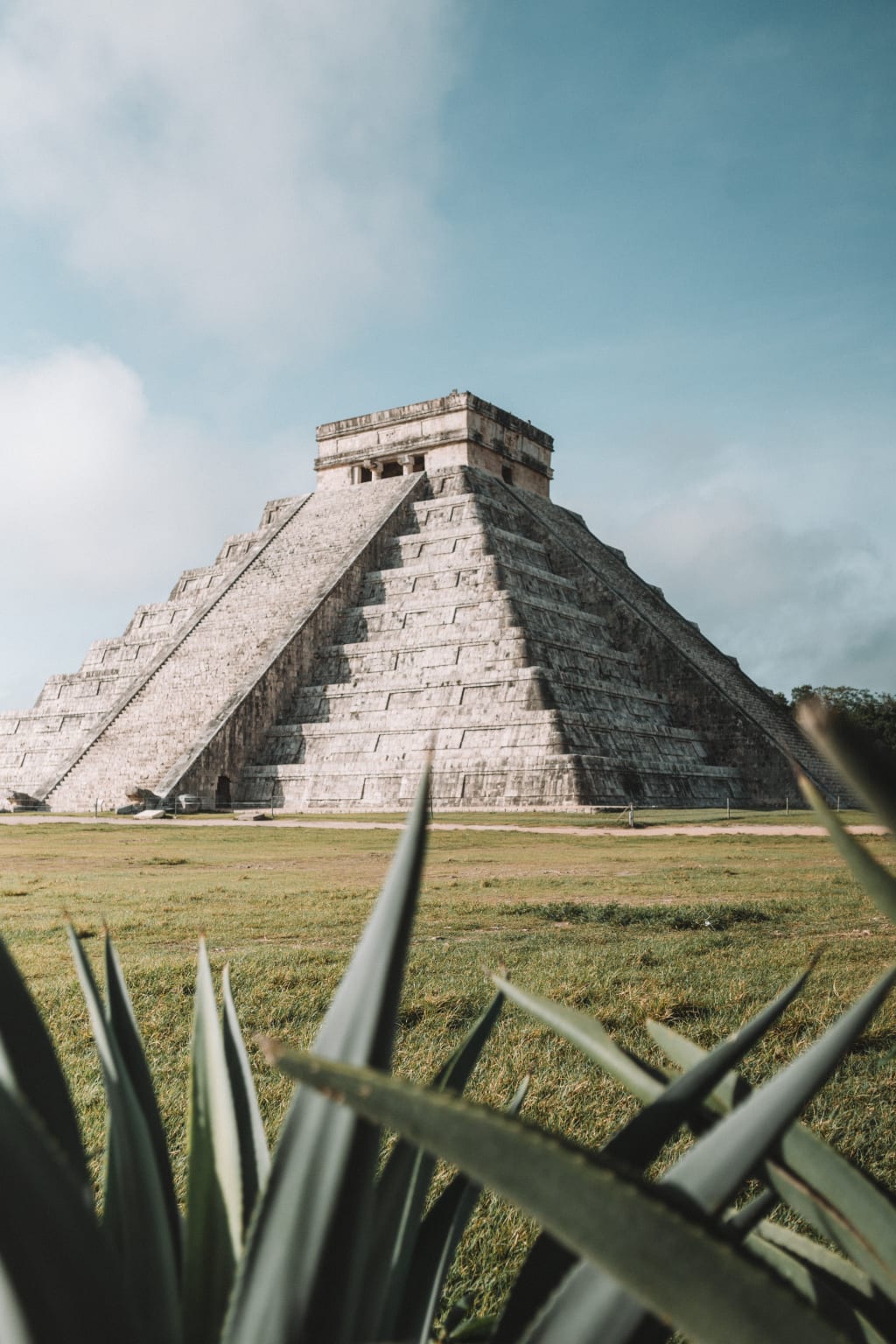Exploring the Fascinating History and Niche of the Mayans
Fascinating History of the Maya Civilization

The Maya civilization, known for its remarkable achievements in astronomy, architecture, and hieroglyphic writing, is shrouded in intrigue and mystery. Flourishing for thousands of years in Mesoamerica, this advanced civilization suddenly experienced a perplexing decline, leaving archaeologists and historians grappling to uncover the truth behind its collapse. In this article, we delve into the enigmatic downfall of the Maya civilization, exploring some of the leading theories that have emerged to shed light on this extraordinary historical event.
The Maya civilization is one of the most fascinating and mysterious ancient civilizations of the world. This civilization flourished in the region that is now known as Central America, particularly in the area that now includes the countries of Mexico, Guatemala, Belize, Honduras, and El Salvador. The Maya civilization was at its peak between 250 and 900 CE, and their contributions to mathematics, astronomy, art, and architecture have left a lasting impact on the world.
The Maya civilization was divided into several city-states that were spread across a large geographical area. Each city-state was governed by a king, or a lord, who ruled over the surrounding areas with the help of a council of advisors. The Maya people were skilled farmers, and they grew crops such as maize, beans, and squash. They also engaged in trade with neighboring cities, and their merchants traveled long distances to sell their goods.
One of the most striking features of the Maya civilization is their architecture. Maya architecture is characterized by the use of limestone blocks that were carefully cut and fitted together without the use of mortar. The Maya built towering pyramids, sprawling palaces, and impressive ball courts that are still standing today. These structures were often decorated with intricate carvings and murals that depicted scenes from everyday life, mythology, and religion.
Religion played a central role in Maya life, and their beliefs were closely tied to the natural world. The Maya worshipped a pantheon of gods and goddesses, each of whom was associated with a particular aspect of the natural world. They believed in the cyclical nature of time, and their calendar system was one of the most advanced in the world. The Maya also practiced human sacrifice, which they believed was necessary to appease the gods.
The Maya civilization was renowned for their achievements in mathematics and astronomy. The Maya developed a complex numerical system that included the use of zero, which they independently invented. They also created a calendar system that was more accurate than any other system at the time. This calendar was based on cycles of the sun, moon, and planets, and it was used to determine the best times for planting crops and performing religious ceremonies.
The Maya civilization also made significant advances in astronomy. They were able to accurately predict eclipses, and they used the movements of the planets and stars to determine the seasons and the length of the year. The Maya also created a system of writing that used hieroglyphs, which was used to record historical events, religious beliefs, and astronomical observations.
Despite their impressive achievements, the Maya civilization eventually declined and disappeared. There are many theories as to why this happened, but it is likely that a combination of factors, including environmental degradation, overpopulation, warfare, and political instability, contributed to their downfall. Today, the Maya civilization lives on through their descendants, who still live in the region and continue to practice their traditions and customs.
In conclusion, the Maya civilization was a remarkable and sophisticated ancient civilization that made significant contributions to the world in fields such as mathematics, astronomy, art, and architecture. Their achievements and legacy continue to captivate and intrigue people around the world, and their civilization remains a testament to the ingenuity and creativity of the human spirit.
The collapse of the Maya civilization remains a captivating puzzle that continues to fascinate scholars and enthusiasts alike. As researchers uncover new evidence and refine their theories, the story of the Maya's demise serves as a reminder of the intricate relationship between human societies and their environments. The quest to unravel the enigma of the Maya collapse sheds light on the inherent fragility of civilizations, prompting us to reflect on the lessons that can be learned from the past to shape our future.





Comments
There are no comments for this story
Be the first to respond and start the conversation.